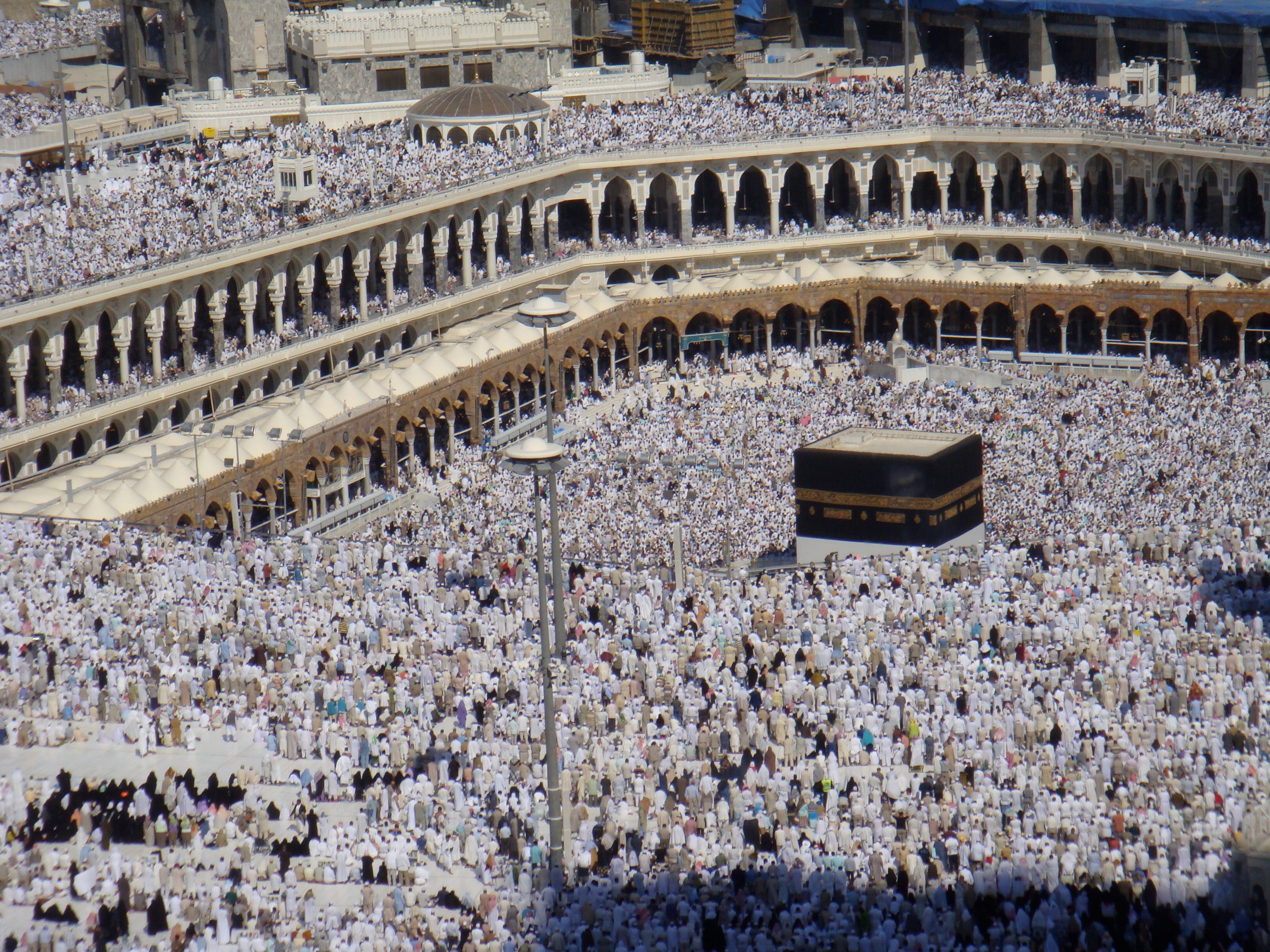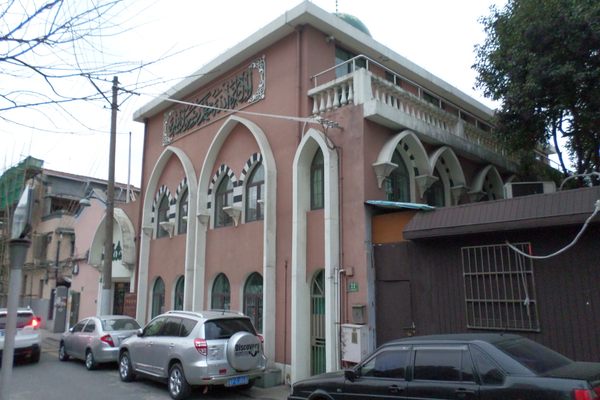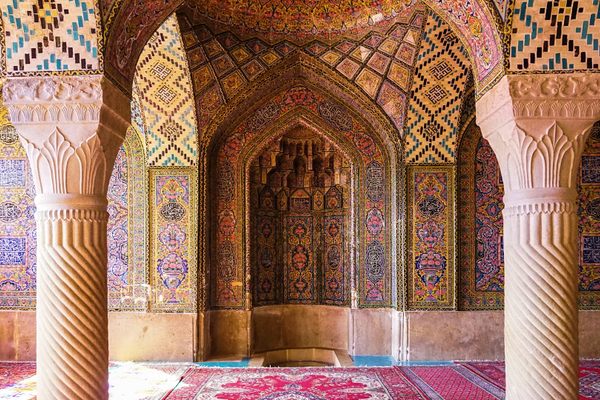The Politics and Bureaucracy That Detemine Who Goes to Mecca
Iran’s ban on performing the Hajj is the latest in a myriad of political and safety restrictions.

The Kaaba at the start of the 2008 Hajj. (Photo: Al Jazeera English/CC BY-SA-2.0)
Iran announced this week that it is suspending participation in the annual Hajj pilgrimage to Saudi Arabia, the latest evidence of rapidly deteriorating relations between the two states following the execution of a Shiite Saudi cleric in January.
Observers speculated earlier this year about the possibility of such a suspension, as Iran already banned travel to Saudi Arabia for minor pilgrimages (such as the Umrah) last April and has consistently been sharply critical of Saudi Arabia’s administration of the Hajj, which draws millions of foreign Muslims to the country each year.
But while the decision may initially appear novel, managing who gets to go to Mecca has become an increasingly complex balance of politics, safety, and fairness.
Iran has suspended pilgrimages to Mecca for political reasons more than once. Aside from the April 2015 ban — over the alleged assault of two Iranian teenagers traveling in Saudi Arabia, which conveniently occurred during a tense proxy war in neighboring Yemen—Slate uncovered a few previous politically-motivated pilgrimage bans. In 1943, Iran banned pilgrimages following the Saudi beheading of an Iranian national for — allegedly—vomiting near the Kaaba, considered the most sacred site in the Muslim world. Similarly, a ban was enacted in 1987 following a clash between Iranian protestors and Saudi security forces which left over 400 dead.
Occasionally, other countries have followed suit. In 2012, Syria banned its citizens from performing the Hajj due to Saudi opposition to the regime of President Bashar Al-Assad. But more frequently, concerns over public health and ensuring every Muslim has an opportunity to make the pilgrimage govern decisions on pilgrimage bans and restrictions.
Issues of public health and safety have increasingly come under scrutiny during the Hajj, as Muslims from all over the world descend upon Mecca. In recent years, some countries have banned pilgrimage to Mecca to prevent the spread of infectious disease; Tunisia suspended travel in 2009 due to concerns over swine flu, and in 2014 Saudi Arabia prohibited Muslims from Ebola-stricken countries from participating in the Hajj. Middle East Respiratory Syndrome (MERS) is also a continuing concern. Safety issues exist beyond the spread of disease, as well. Regrettably, stampedes are not uncommon. In recent years, many have died in stampedes during the “stoning of the Devil” portion of the pilgrimage.
Additionally, simple matters of logistics present obstacles to performing the Hajj. The Hajj is a mandatory religious duty as one of the five pillars of Islam, and providing that opportunity to each of the world’s 1.6 billion Muslims presents a massive administrative challenge. As a 2015 article in Foreign Policy explains, Saudi Arabia has approached the issue by setting annual quotas for each country, and it’s up to each government to determine how to fill their allotment. Some, like Indonesia, charge fees to be placed on a waitlist, while others resort to lotteries at the national or local levels.
This year, Tajikistan took an unusual approach to regulating their waitlist—anyone younger than 35 was banned from participating. While some believe the ban is intended to prevent exposure to radical ideology, the government officially claims the move is meant to provide older Muslims who have not yet made the pilgrimage a greater chance of being able to do so.
Regardless of the motivating factors behind the various bans, quotas, and restrictions on eligibility for the Hajj, the rules are not to be taken lightly: per the U.S. State Department, “non-Saudis who perform the Hajj without a permit face immediate deportation and a 10-year ban on returning to Saudi Arabia.”










Follow us on Twitter to get the latest on the world's hidden wonders.
Like us on Facebook to get the latest on the world's hidden wonders.
Follow us on Twitter Like us on Facebook